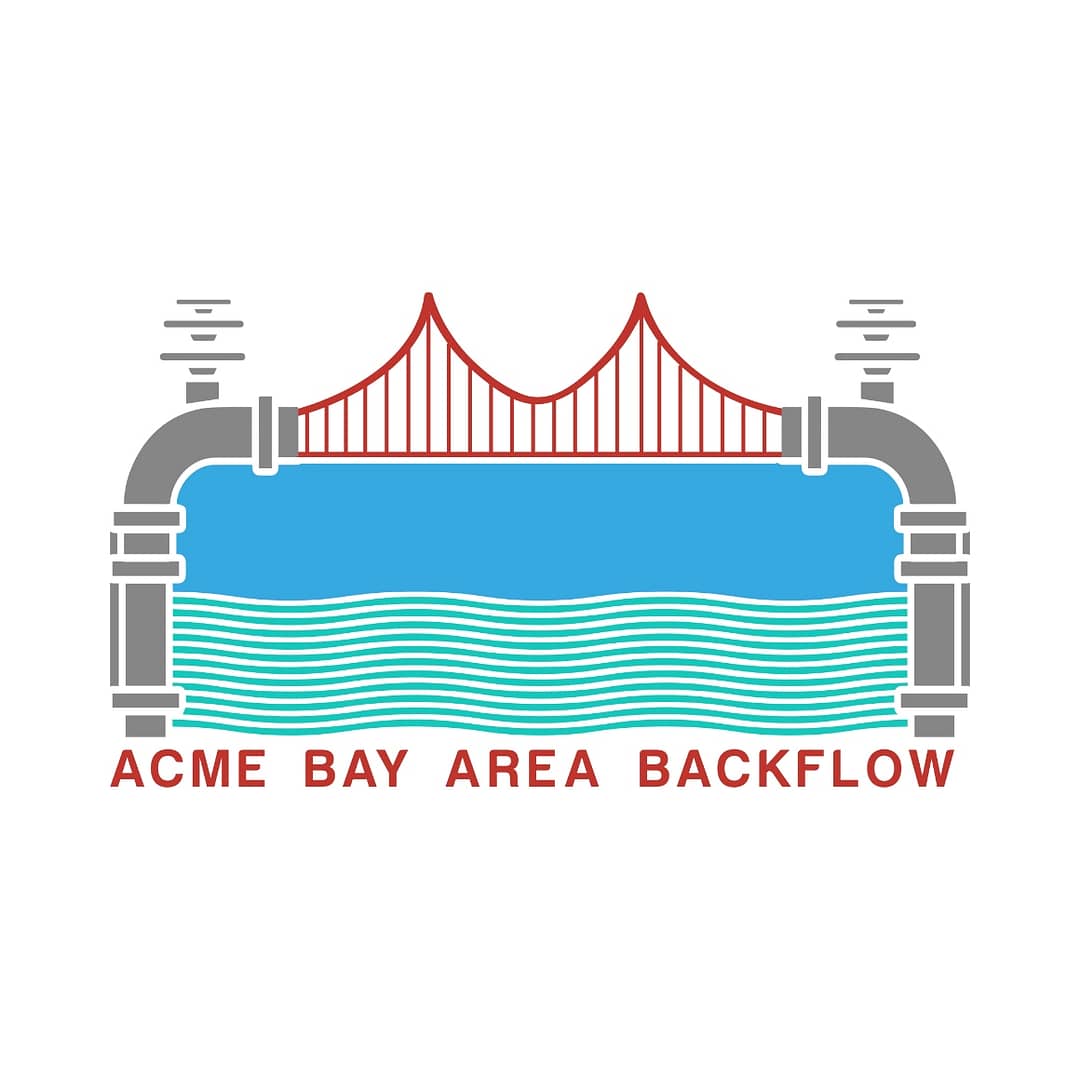Marin Municipal Water District – Backflow Testing
Backflow Prevention
KEEPING WATER SAFE AFTER IT LEAVES THE TREATMENT PLANT
Every year, Marin Municipal Water District conducts more than 120,000 water quality and process control tests to ensure your water is safe to drink. However, after we process and deliver clean drinking water to your home, your household may pose water quality risks as a result of what is called backflow.
Backflow is the reversal of water flow back into the public drinking water system. This is usually caused by backpressure, which occurs when downstream pressure rises above the supply pressure. Backflow events occur daily in water systems. Where backflow events become a concern is when a water line is connected to a source of pollution, such as irrigation water (with various dirt particles), and gets mixed in with the clean public drinking water.
WHAT HOUSEHOLD ITEMS POSE WATER SAFETY RISKS
A cross-connection is a temporary or permanent location between public drinking water and a consumer’s water system that could potentially introduce contamination or pollution into the public or private drinking water system.
Irrigation systems, hose bibs, boilers, radiant heat systems, wells, docks, ponds, fountains, pressure boosting systems, pools, spas, graywater systems, rain water collection systems, reclaimed water, and solar heating systems are just a few examples of hazards that need to have backflow protection.
BACKFLOW PREVENTERS PROTECT WATER QUALITY
The installation of a backflow preventer will protect drinking water systems from possible contamination.
A backflow prevention assembly in a drinking water system is a testable and repairable in-line assembly that is used to keep undesirable water from entering the drinking water system during a backflow event.
There are four different types of assemblies. If the district has done a survey of your residence or business you will receive a letter letting you know which type of assembly is best suited for you and the location of where it must be installed. There are many brands to choose from, but your assembly must be on MMWD’s list of approved backflow assemblies found on our website. Keep in mind that California bill 1953 states that an assembly must be lead free if it is installed on a water line that will be used for human consumption.
WHY BACKFLOW PREVENTER INSPECTIONS ARE SO IMPORTANT
Having a backflow preventer installed at your meter only protects the public water system. There may be unprotected cross-connection issues within your property. You may email the backflow group if you have any questions. Or you may refer to our List of Certified Testers to find a cross-connection specialist that can meet with you and conduct an in-depth survey of your home or business.
Backflow preventers are mechanical assemblies that have internal seals, springs, and moving parts. Like everything else that is mechanical, the assemblies are subject to fouling, normal wear, and fatigue. Sometimes backflow assemblies and air gaps are bypassed. Scheduling annual inspections is necessary in order to ensure the public drinking water system is protected from possible contaminates. A visual inspection of an air gap is sufficient, but backflow assemblies must be tested by a Certified Backflow Prevention Assembly Tester using a properly calibrated gauge.

